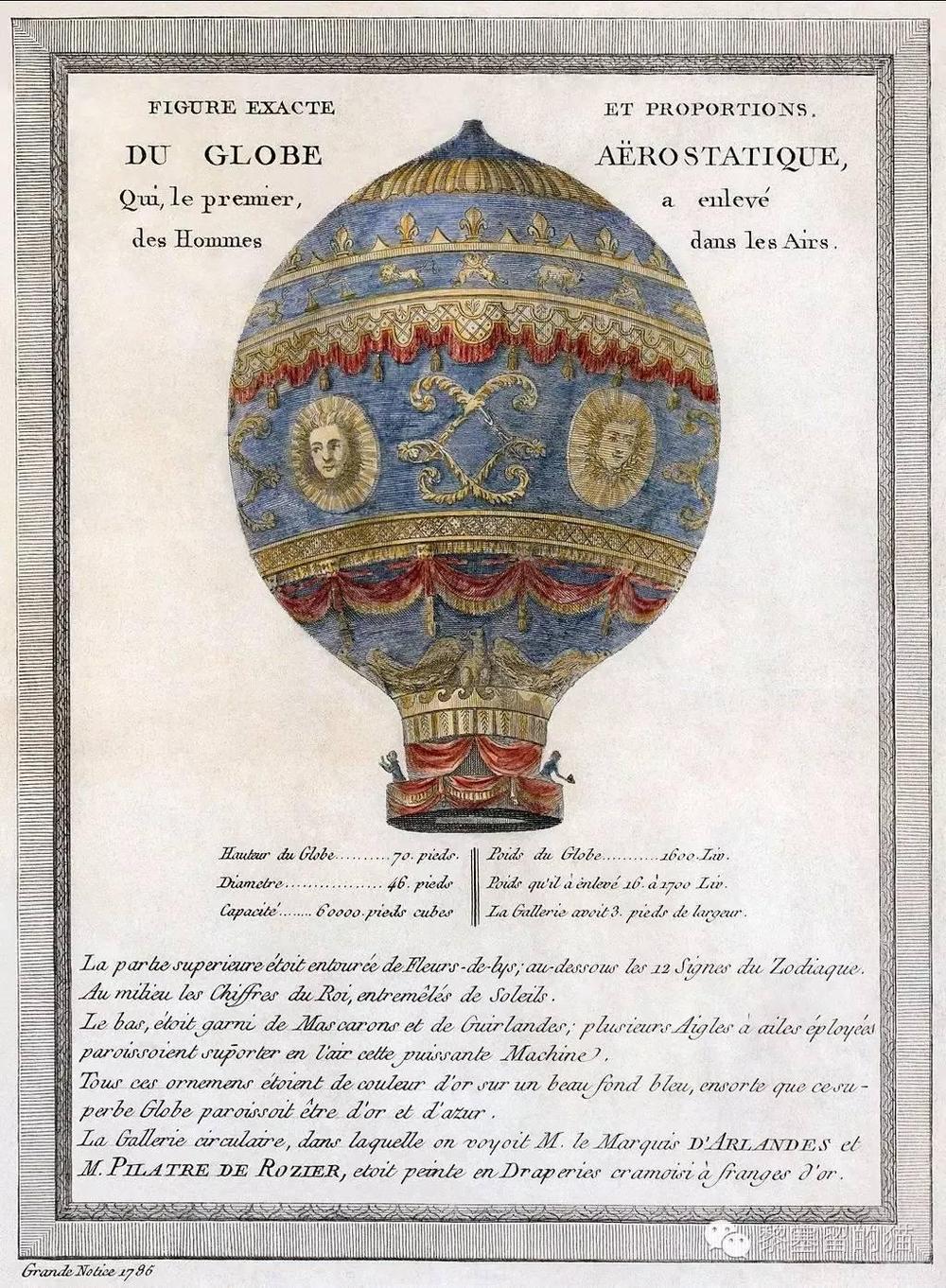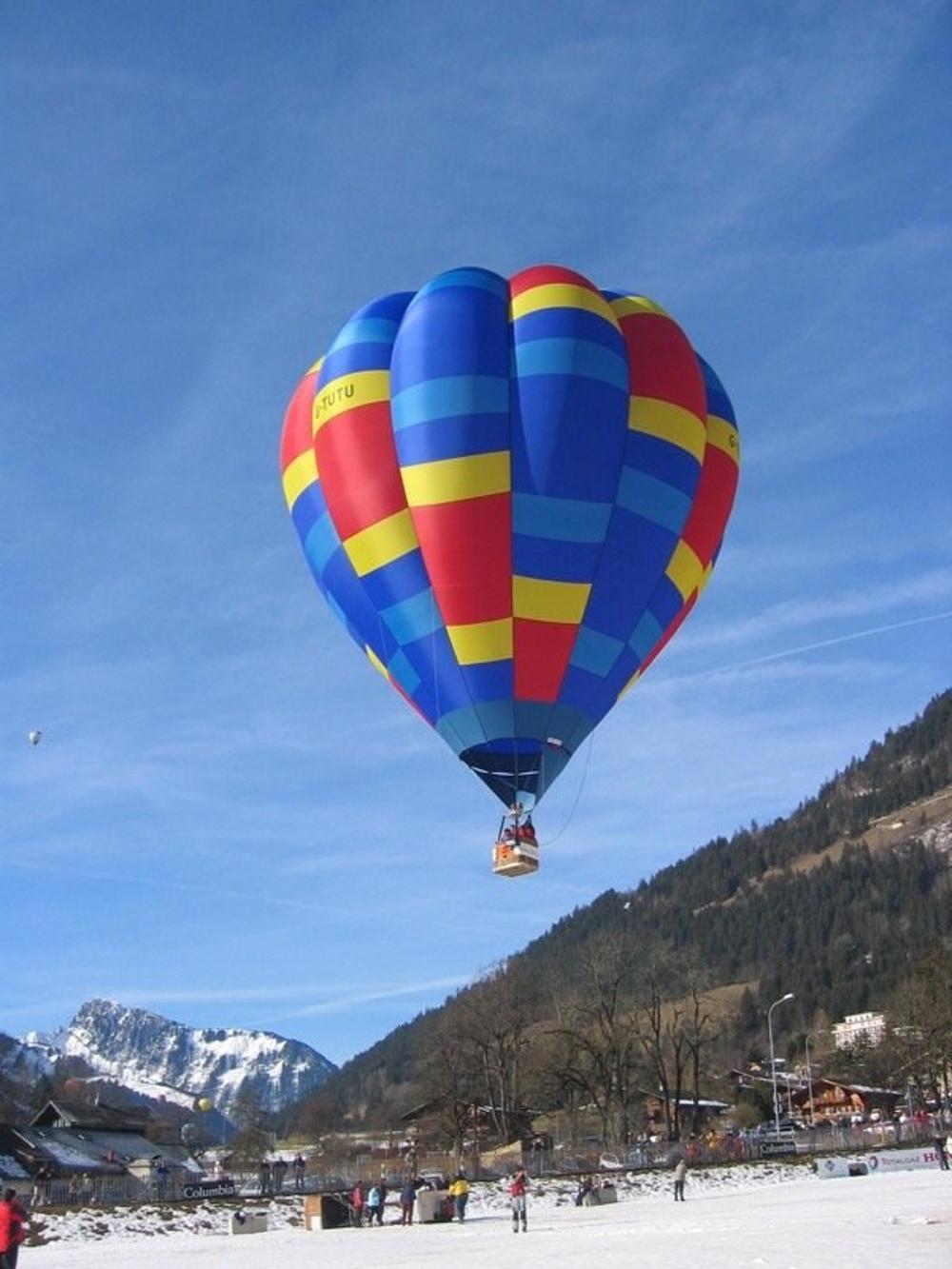Hot Air Ballooning – A Short History
As balloonists, we love sharing the origin story behind our aircraft.
Broadly speaking, balloons paved the way for all aviation: airships, gliders, aeroplanes, helicopters, and even space travel.
Similarly to space travel, the first balloon passengers were members of the animal kingdom. The brave exploits of a sheep, a duck and a rooster tested the waters for humans. Many years later in the 1950s the Russians and Americans used comparable tactics when they sent dogs and chimpanzees into space during the Space Race.
The 3 plucky animals miraculously survived their flight on the 19th September 1783, which must have been mystifying for the locals. Picture this: the balloon descended from above and eventually lands safely, only for 3 farmyard animals to hop out! This exemplary feat was deemed sufficient evidence that ballooning was safe for humans.

Once the three animals had proven his theory, the inventor of the first balloon, Frenchman Pilatre de Rozier began the task of creating the first man-carrying adaptation of the balloon. He collaborated with local paper-makers, Joseph and Jacques Montgolfier. They were the perfect candidates and ideal manufacturers as the first balloons were made of paper.
Following the successful development and construction of the aircraft, the stage was set. Then, on the 21st of November 1783 man flew for the first time. The two courageous pilots were Pilatre de Rozier and the Marquis d’Arlandes. The two heroic men took off in the French capital of Paris, and flew for around 20 minutes. They safely landed 5 miles away and were consequently awarded medals for their bravery.
And brave they were! The balloon was made of a paper material, and the air inside was heated by a large open straw fire – a health and safety disaster by today’s standards! Scolding hot embers were climbing up into the envelope of the balloon and blistering the paper as it flew along over Paris. It is a miracle that the whole envelope did not catch fire! After analysing the situation, the two pilots extinguished the open fire and began their descent. Eventually the balloon landed on the outskirts of Paris, around 5 miles from where they started.
You will be relieved to hear that technology has come on leaps and bounds since then. Modern balloons are exceptionally safe and efficient. Nowadays the envelopes are made of a tough yet lightweight nylon material, whilst the open fire has been replaced by highly powerful and responsive propane burners. This modern design gives pilots much greater control that allows them to change their height with astounding accuracy. Ballooning really has come a long way in a few hundred years.
However, some aspects of modern ballooning are still the same as the 18th Century. We still cannot steer at all! The speed and direction of the balloon is completely dictated by the wind – the pilot has no control over this. This is what makes ballooning so special – no two flights are the same!

Please see below for a timeline of notable events in the history of ballooning:
- 1783 November – Man’s first ever flight. Pilatre de Rozier and the Marquis d’Arlandes launch from Paris and both survive the experience.
- 1783 December – First ever gas balloon flight, which is very different to a hot air balloon. Hydrogen was pumped into a sealed gas bag, thus making it lighter than. Any sort of fire would have caused the balloon to explode!
- 1785 – Pilatre de Rozier and Pierre Romain attempt to cross the English Channel but it ends in disaster. They become the first ballooning fatalities. The two men made it as far as Pas de Calais on the French coast before crashing.
- 1804 – Joseph Gay-Lussac flies to a phenomenal record breaking 20,000ft in a gas balloon. Gas balloons become much more popular as they have much greater endurance than hot air balloons. They can fly for days or even weeks at a time!
- 1861-65 – Gas balloons are deployed in the American Civil War in order to observe the battleground and guide troops.
- 1870 – Gas balloons are used to smuggle around 100 civilians and 2 million items of mail out of Paris during the Prussian siege. The flights usually took place at night and covered enormous distances to find safe landing ground.
- 1931 – Auguste Piccard broke the altitude record for a gas balloon, reaching unprecedented heights of 52,000ft. Piccard replaced the basket with a pressurised capsule which allowed him to undertake multiple science experiments during flight – not dissimilar to the modern International Space Station.
- 1960 – The birth of the modern hot air balloon. American, Ed Yost, flies with a nylon balloon and propane burners.
- 1978 – The Double Eagle II successfully crosses the Atlantic. The balloon was filled with helium rather than hydrogen because of its non-flammable properties. The crossing took 137 hours in total.
- 1987 – Richard Branson and Per Lindstrand fly a hot air balloon across the Atlantic in just 33 hours. However, they eventually require rescuing from the Royal Navy after crashing down in the Irish Sea.
- 1999 – Bertrand Piccard (descendant of Auguste) and Brian Jones successfully circumnavigate the globe in Brietling Orbiter 3. This balloon was the first ever aircraft to complete such a feat! They completed the flight in approximately 22 days. The balloon was a combination of hot air and helium.
- 2002 – Steve Fossett becomes the first person to circumnavigate the world solo. He started in Australia and landed back on Australian soil a mere 13 days later having covered around 33,000 kilometres.


